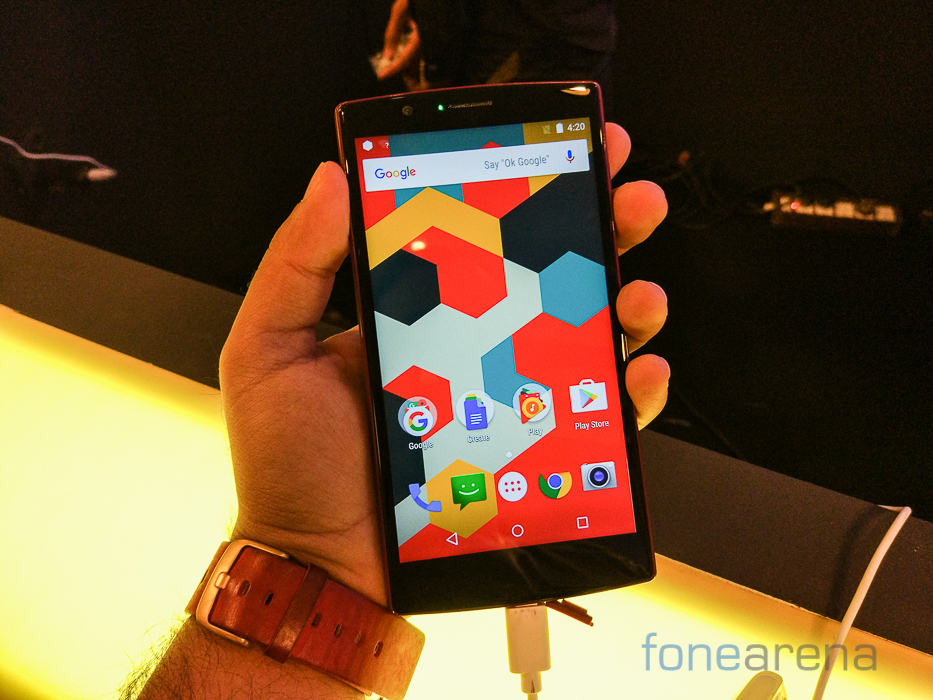
At an event in New Delhi, we witnessed the launch of a new brand called Hyve Mobility. As part of its initial offering, the company plans to introduce two devices that sit within the highly lucrative sub 15,000 rupee price segment. Called the Hyve Buzz and Storm, the phones promise a lot to the price conscious buyer. We spent a bit of time with both and here’s what we thought of the phones.

First up is the ‘flagship’ of the two. Dubbed the Hyve Buzz, this is the larger of the two models and sports a 5.5 inch 1080p display. As is par for the course, the display is quite satisfactory and doesn’t really leave much to be desired. You’ll notice that there are no capacitive buttons here and the UI navigation is via the on-screen controls. There’s a 5MP front facing camera and the notification LED placed at the top and that’s about it. There’s significant bezel around the display area making this a pretty large device. So far so good. Flip the phone though and things appear a bit different.
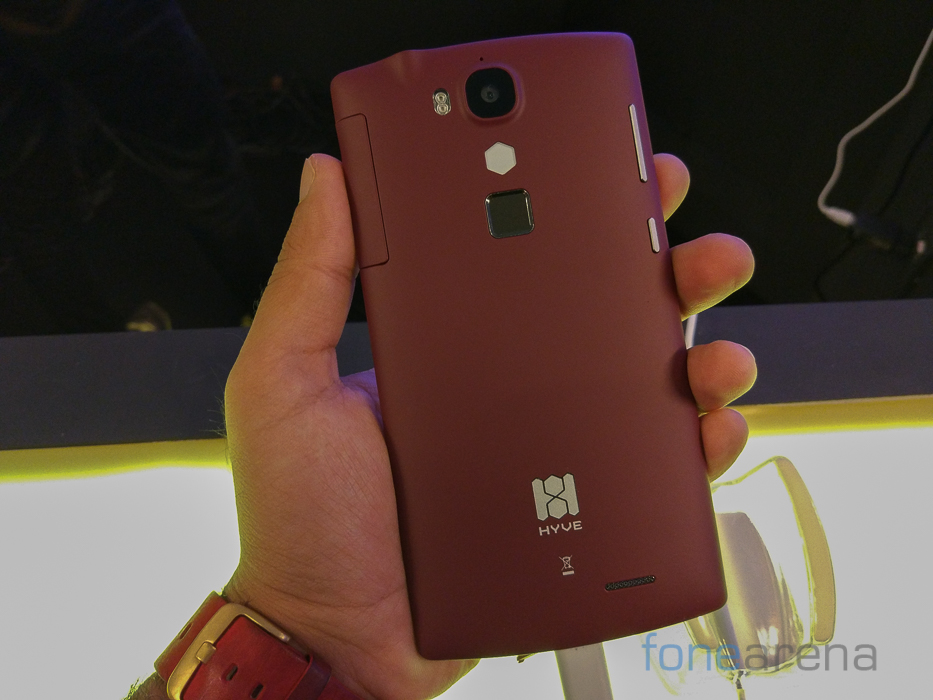
Hyve has tried to do its own take on the rear mounted volume, power control scheme to minimize the thickness of the phone. This approach usually works well and we quite appreciated how Asus had implemented this on the Zenfone. Here though, the buttons are aligned to the right. Not only is this a problem if you hold the phone in your left hand wherein it is impossible to press the buttons, the negligible tactile feedback adds to our concern. More often than not, we think you’ll just turn the device over to manage the controls which essentially negates the entire effort. A fingerprint scanner sits in the sensor that we didn’t really get a chance to check out. Between the 13MP camera and the fingerprint scanner is a hexagonal LED light that is rather unique in the smartphone space. Hyve’s done good work on the software front by integrating an SOS feature that is activated via the fingerprint scanner. This works on an OS level thereby ensuring that in an untoward situation, a third-party won’t be able to take control of your phone. More on that in the review though.
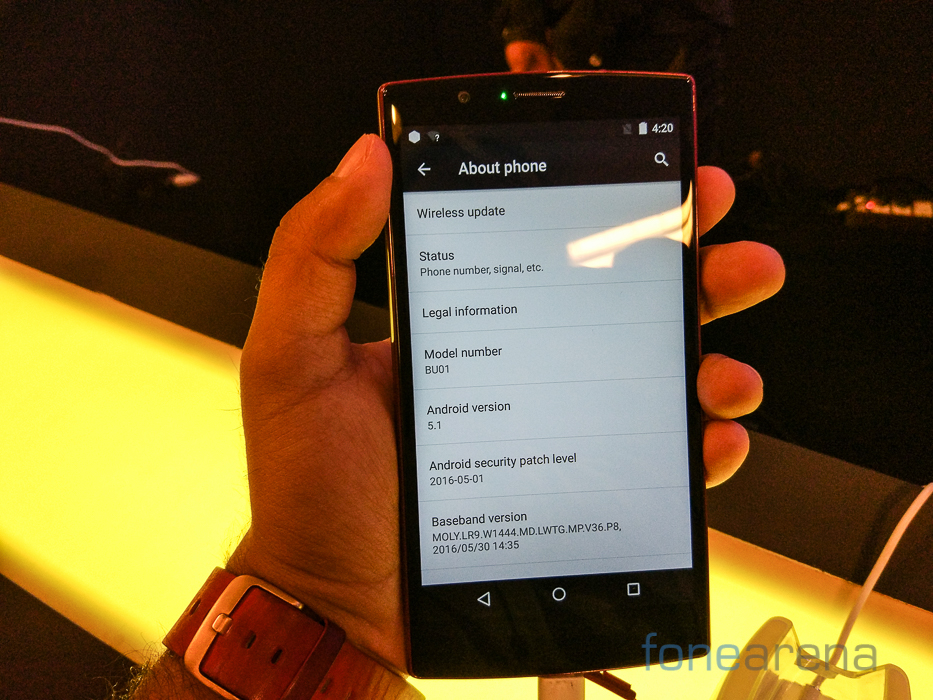
The phone is powered by 1.5Ghz MediaTek Octa Core MT6753 processor. There’s 16GB of storage onboard with an additional 32GB card thrown in for good measure. The phone has 3GB of RAM that is absolutely sufficient for smooth multitasking in our opinion. The battery could’ve been larger given the 2500mAh size but we like the fact that the phone is IPX4 rated making it water-resistant to splashed. The phone is VoLTE capable and has NFC, USB Type C support as well. From a build perspective, we feel that the handset needs significant polish. The rubberized rear panel doesn’t feel premium and the entire device screams prototype what with the lack or basic ergonomics or even the loose hinges. On the software front though we feel that Hyve might be onto something with their no-nonsense stock Android approach and innovative safety related features that are bound to fingerprint gestures.
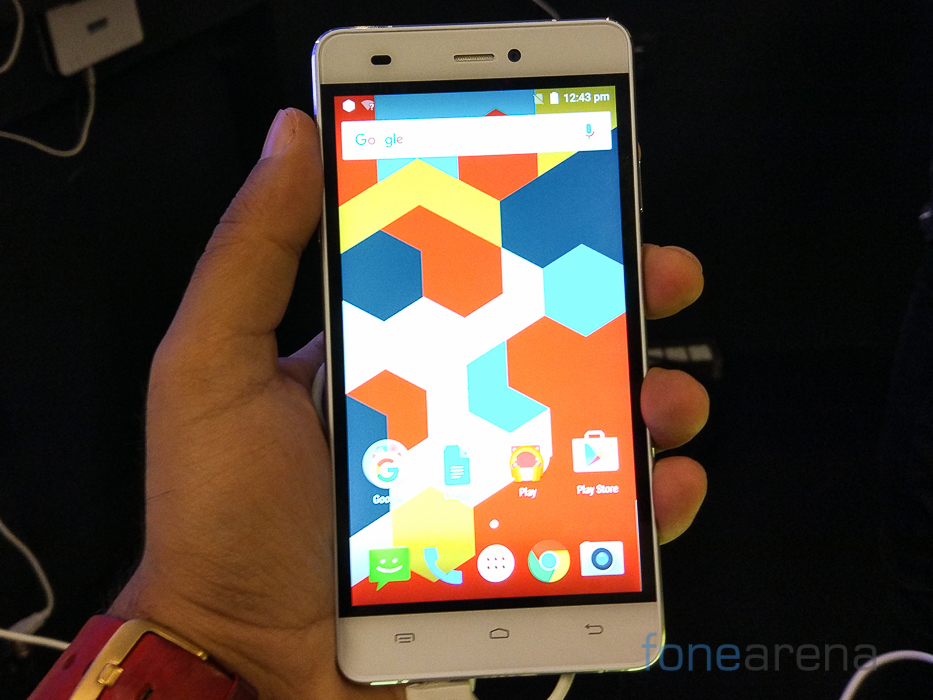
The smaller of the two is the Hyve Storm. A decidedly lower end device and presumably built to a budget, the Storm surprisingly feels a tad bit more well put together than the Buzz. Without a doubt, this is a somewhat generic looking phone and up front you get a 5 inch 720p display. Below this are the three capacitive buttons while at the top you’ll notice the 5MP front facing camera. There’s a huge bezel running around the screen which somewhat detracts from the experience. Low resolution apart, the display is far from the worst that you can find.
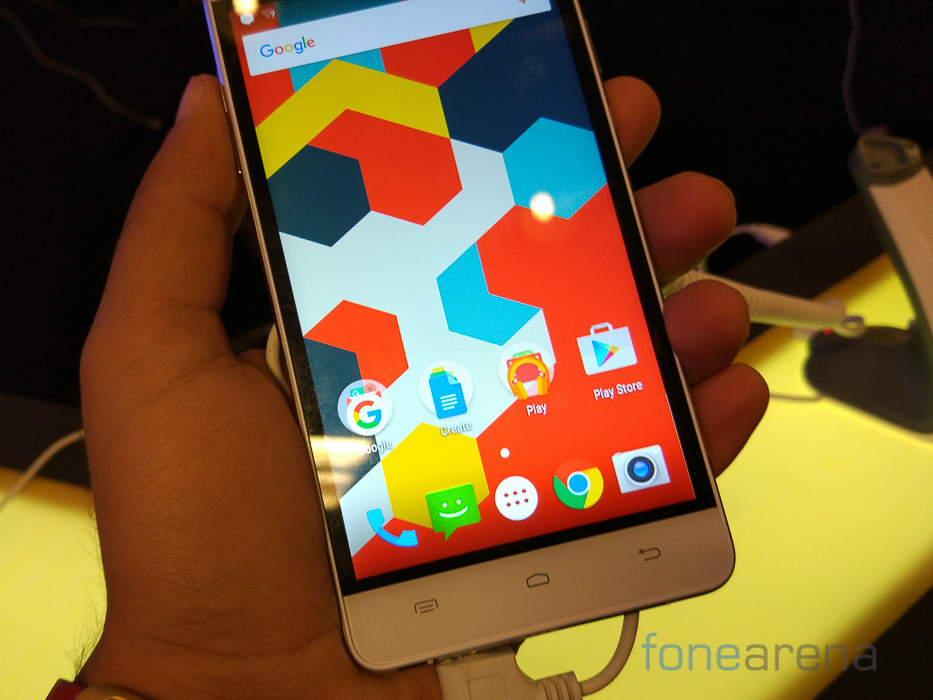
The right side of the phone sports the power button while the volume buttons are placed on the opposite side. The back of the phone is very generic to look at and the sole defining feature is the 13MP camera. We couldn’t capture the back of the device due to an ungainly mass of wires attached to it but we’ll come back to it once we get around to our review of the Hyve Storm. Internally, there’s a 1.3GHz Quad-Core 64-bit MediaTek MT6735 processor with Mali-T720 GPU. This is accompanied with 2GB of RAM and 16GB of storage. The battery on the phone is surprisingly tiny at just 2000 mAh. Like the Hyve Buzz, the Storm too runs Android 5.1 with an update to Marshmallow expected soon.

The Hyve Buzz and Storm are priced at 13,999 and 8,499 respectively. We feel that Hyve might have something interesting on their hands from a software and after sales support perspective. The devices themselves though are rather unremarkable and offer precious little when you pit them against the competition offering better processors, higher resolution displays, much bigger batteries and to be fair, a much better experience. We’ll do an in-depth review of the two phones shortly.
